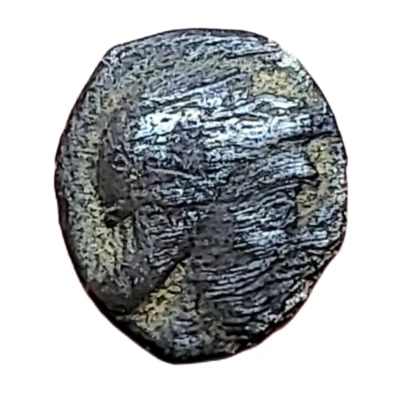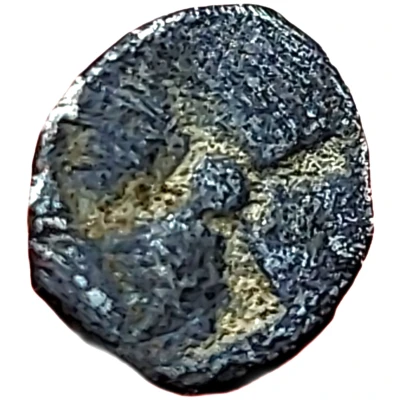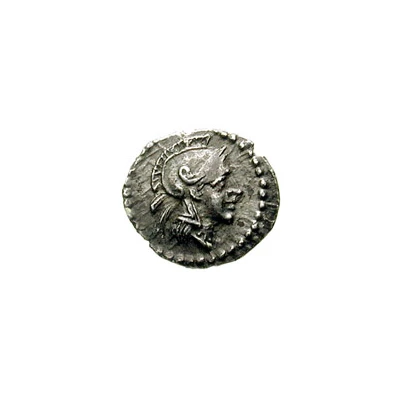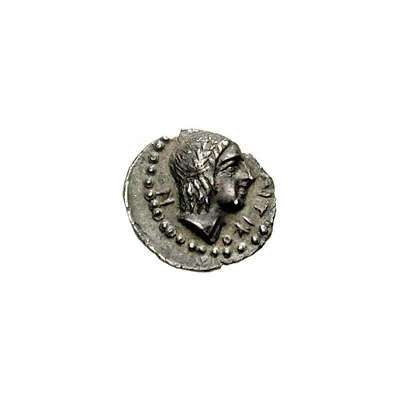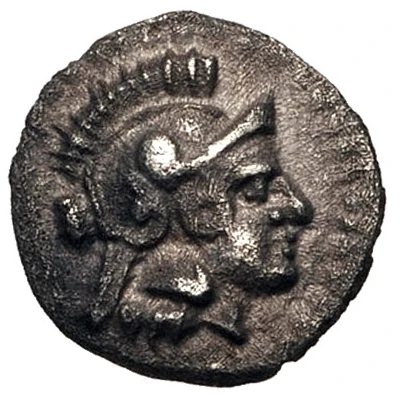


© Classical Numismatic Group, Inc.
Hemiobol 380 BC - 375 BC
| Silver | 0.26 g | 7.5 mm |
| Issuer | Holmoi (Cilicia) |
|---|---|
| Type | Standard circulation coin |
| Years | 380 BC - 375 BC |
| Value | Hemiobol (1⁄12) |
| Currency | Drachm |
| Composition | Silver |
| Weight | 0.26 g |
| Diameter | 7.5 mm |
| Shape | Round (irregular) |
| Technique | Hammered |
| Demonetized | Yes |
| Updated | 2024-10-09 |
| Numista | N#151899 |
|---|---|
| Rarity index | 100% |
Reverse
Laureate head of Apollo Sarpedonios facing right
Interesting fact
The Hemiobol coin from Holmoi (Cilicia) was used as a form of currency in the ancient Greek world, specifically in the city of Holmoi, which is now modern-day Turkey. The coin's name "Hemiobol" comes from the Greek words "hēmi-" meaning "half" and "bolos" meaning "throw", referring to the coin's value being half of a full unit of currency. Despite its small value, the Hemiobol was widely used in trade and commerce, and its design has been found in various archaeological excavations in the region.
